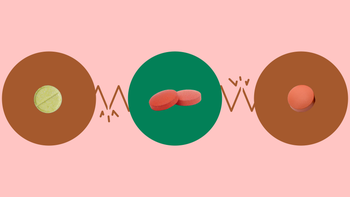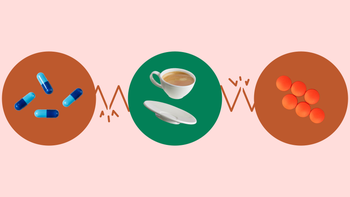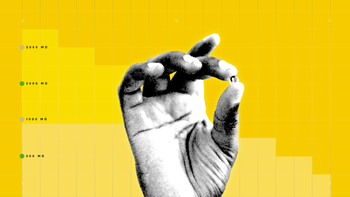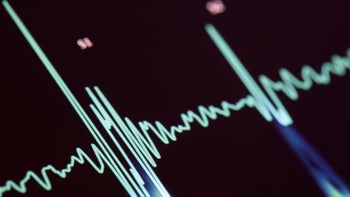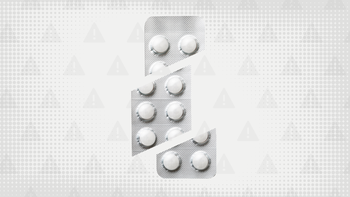
Decoding an Abnormal ECG: Left Bundle Branch Blocks
Key takeaways:
A left bundle branch block (LBBB) is an abnormal finding on an ECG (electrocardiogram). It occurs from a change in the way the heartbeat travels down the left side of the heart.
A LBBB can be caused by problems with the electrical conduction of the heart, the heart muscle, or the shape of the heart.
If you have a newly diagnosed LBBB, it’s important to follow up with a healthcare provider for more testing. It can be a sign of underlying heart disease.

If you have been diagnosed with a left bundle branch block (LBBB) on your ECG (electrocardiogram), you may be wondering exactly what that means. It’s an uncommon ECG diagnosis.
In the general population, less than 0.5% of people have a LBBB. But it’s an important one to know about because it’s associated with high blood pressure, coronary artery disease, and heart failure. But almost 90% of people with a LBBB have no heart disease at the time of diagnosis.
So how serious is a diagnosis of a LBBB? We will break down what a LBBB actually means, what causes it, and why your provider may order more testing for you.
What is a left bundle branch block?
A left bundle branch block is a slowing of the electrical conduction of a heartbeat in the left side of the heart — the left, lower chamber to be more specific.
To understand a LBBB, it helps to first understand a normal heartbeat. Each heartbeat starts with a signal from something called the “sinus node.” The sinus node sits at the top of the heart and sends a signal to the rest of the heart, telling it to beat.
For each heartbeat, the sinus node first tells the upper chambers of the heart to beat. The upper chambers then pass this message along to the lower chambers of the heart. But the message splits into two — one message for the right chamber and a second message for the left chamber (known as the “left bundle”). A left bundle branch block occurs when that message travels through the left chamber at a slower rate than the right chamber.
What does a left bundle branch block look like on an ECG?
An ECG is a snapshot of the electrical conduction system of the heart. In other words, it takes the sinus node’s message and measures how it moves through the heart with each beat.
When the conduction system is working normally, each beat creates a predictable pattern. And that pattern appears tight and narrow. A LBBB looks wider and larger than a normal beat.
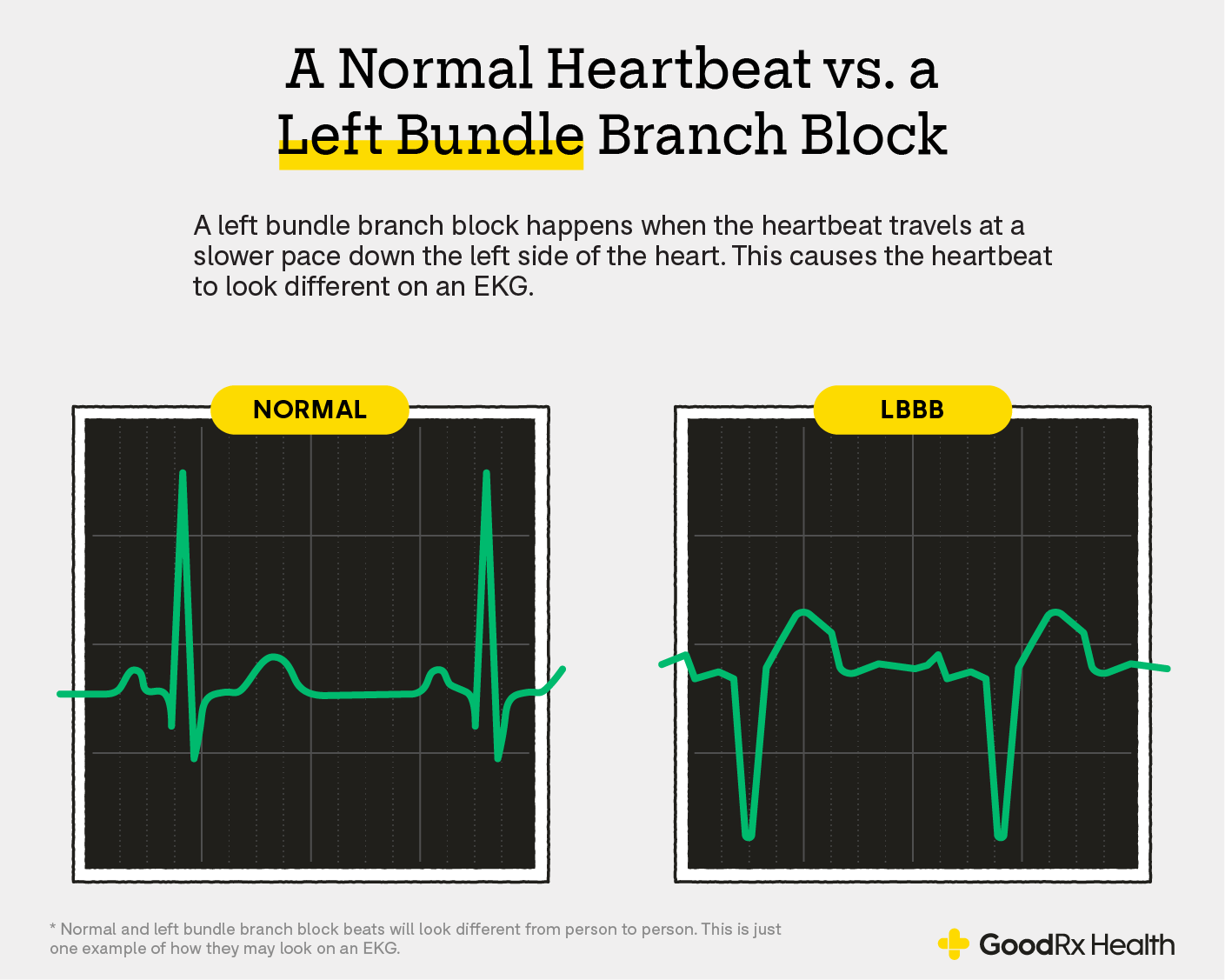
What causes a left bundle branch block?
A left bundle branch block can be caused by an issue with the electrical signaling of the heart or a problem with the heart itself. The most common underlying heart conditions that can cause a LBBB are:
Hypertension
Coronary artery disease
Problems with the heart valves
Myocarditis
Congenital heart disease
Arrhythmias (when the heart beats too fast or too slow)
Some people also get a temporary LBBB after a heart procedure, but this is rare.
What are the symptoms of a left bundle branch block?
Most people with a LBBB do not have any symptoms at the time of diagnosis. That’s because a LBBB alone does not necessarily cause any symptoms.
If you do have symptoms, it’s likely due to the underlying cause, like heart failure or coronary artery disease. In these cases, the symptoms can range from:
Chest pain or tightness
Shortness of breath
A feeling of being winded with light activity
Swelling in the legs
Dizziness
Weakness and fatigue
Testing after a diagnosis of a left bundle branch block
Many people who have LBBBs are healthy at the time of diagnosis. But 5% to 10% of people will develop other heart diseases. So your provider will likely check for associated conditions, including all of the causes of LBBB listed above. This testing can include:
Echocardiography: an ultrasound of the heart
Imaging studies: like a CT or MRI
Prolonged ECG monitoring: to monitor the heart rate for a few days at home (like with a Holter monitor)
Cardiac stress testing: to look for decreased blood that could be a sign of coronary artery disease
Cardiac catheterization: a minimally invasive procedure that takes a closer look at the arteries
Electrophysiologic studies: to look at the electrical heartbeat pathways inside the heart
If you have an underlying condition, it’s important to treat these, even if you don’t have any symptoms.
How serious is a left bundle branch block?
A LBBB is serious because it can increase your risk of developing a heart condition later in life. But that’s not the case for everybody.
One study followed people who were diagnosed with a LBBB at a young age, and some never develop any associated heart issues in their lifetime. Regular evaluation and follow-up with your provider is an important part of monitoring your heart and your overall health.
If you have heart disease already and then develop a new LBBB, this can also be serious. That’s because it may mean your heart condition is worsening. For example, if you have heart failure, being diagnosed with LBBB increases the chance of complications from heart failure. So if your LBBB is new, your provider will likely want to run some tests to see if anything has changed.
The bottom line
It can be hard to know what it means if you have been diagnosed with a left bundle branch block. Sometimes it’s a sign on your ECG that you have an undiagnosed heart condition. But that’s not always the case. Either way, your provider will follow up with the necessary testing to take a closer look at your heart. And together you can come up with the right plan to monitor your heart and keep you healthy.
References
Imanishi, R., et al. (2006). Prognostic significance of incident complete left bundle branch block observed over a 40-year period. The American Journal of Cardiology.
Pérez-Riera, A. R., et al. (2019). Left bundle branch block: Epidemiology, etiology, anatomic features, electrovectorcardiography, and classification proposal. Annals of Noninvasive Electrocardiology.
Pryor, R., et al. (1966). The clinical significance of true left axis deviation: Left intraventricular blocks. American Heart Journal.
Rotman, M., et al. (1975). A clinical and follow-up study of right and left bundle branch block. Circulation.
Tan, N. Y., et al. (2020). Left bundle branch block. Circulation: Arrhythmia and Electrophysiology.



